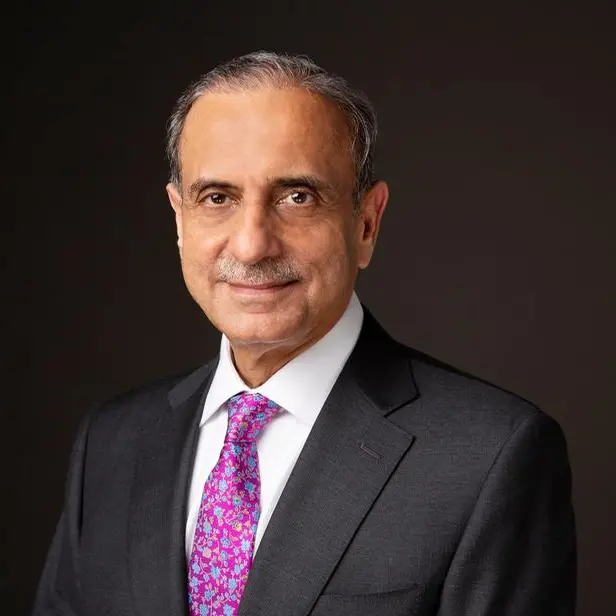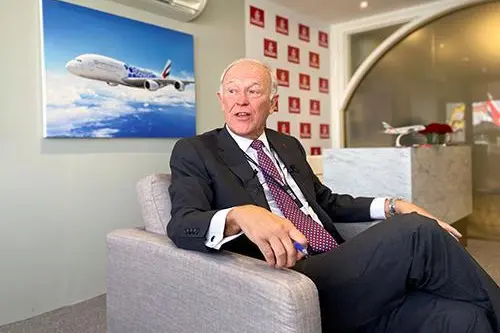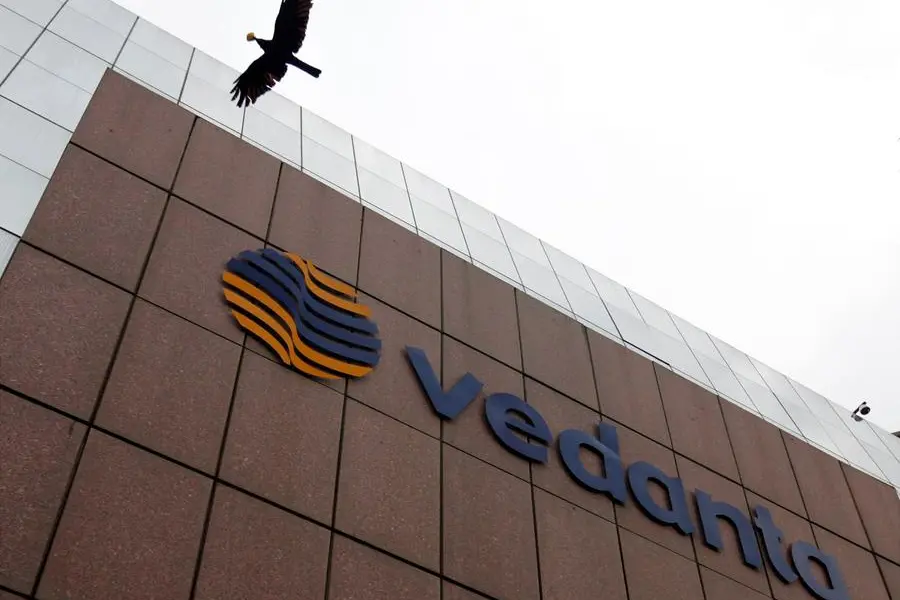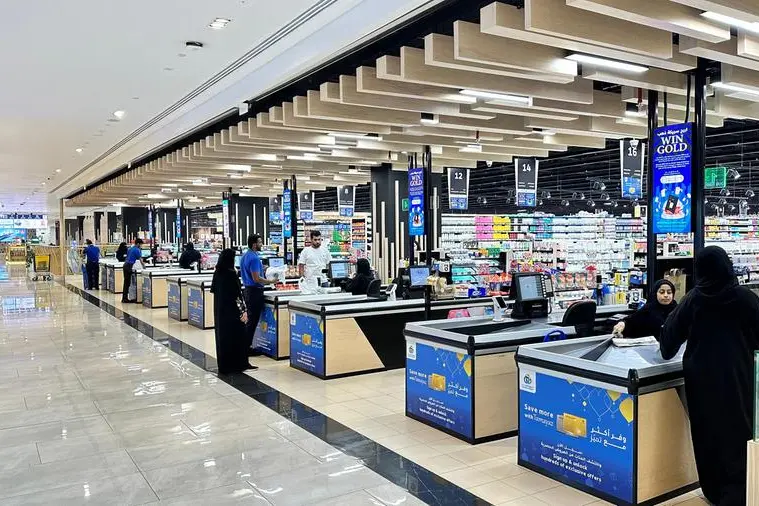PHOTO
- At the end of 2024, the GCC countries are set to have 47 percent 5G subscription penetration.
- The report also addresses how AI could impact uplink and downlink network traffic, driving potential mobile traffic growth beyond current baseline predictions.
5G Standalone (5G SA) and 5G Advanced are expected to be key focus for communications service providers (CSPs) for the remainder of the decade as they deploy new capabilities to create offerings centered on value delivery rather than data volume. The analysis is included among a wealth of statistical network insights in the November 2024 edition of the Ericsson (NASDAQ: ERIC) Mobility Report, which extends the forecast period until the end of 2030.
While the rate of mobile network traffic data growth is declining - estimated at 21 percent year-on year for 2024 - it is still expected to grow almost three-fold by the end of 2030 from present day numbers.
Globally, 5G networks are expected to carry about 80 percent of total mobile data traffic by the end of 2030 - compared to 34 percent by the end of 2024. The Gulf Cooperation Council (GCC) countries are set to have 47 percent 5G subscription penetration by 2024.
It is projected that the GCC will have the highest 5G penetration in 2030 at 93 percent, followed closely by Western Europe at 92 percent and North America at 91 percent.
Characterized by high mobile penetration, urbanization, and strong consumer purchasing power, the GCC region’s economic outlook remains favorable, driven largely by sectors such as tourism, technology, and renewable energy.
In the telecom industry, a key trend is the transformation of service providers from traditional telcos to technology companies. This transition is being fueled by the rollout of 5G, enabling the introduction of advanced services, including AI and the cloud solutions and services, factory automation and content delivery where network slicing will be critical in delivering these services. High-performance networks, application programming interfaces (APIs) and a vibrant developer community are expected to drive growth.
Up to 2030, overall mobile subscriptions in the GCC countries are forecast to grow at an annual rate of 3 percent, reaching 95 million. By the end of the decade, 93 percent of all subscriptions are expected to be 5G, with 88 million users adopting this technology.
Nicolas Blixell, Vice President and Head of Gulf Cooperation Council Countries at Ericsson Middle East and Africa, says: “The November 2024 Ericsson Mobility Report highlights the pivotal role of 5G Standalone and 5G Advanced in the future of mobile networks, particularly in regions like the GCC, where high mobile penetration and rapid urbanization are driving demand for advanced connectivity. These technologies are set to enable capabilities such as programmable networks and AI connectivity driven use cases, creating new opportunities for growth and innovation. As service providers in the GCC and beyond adopt these advancements, they will unlock the full potential of 5G, driving digital transformation and enhancing the way industries and consumers engage with technology.”
Of about 320 CSPs currently offering commercial 5G services globally, less than 20 percent are 5G Standalone (SA). However, almost 60 percent of the 6.3 billion global 5G subscriptions forecast by the end of 2030 are expected to be 5G SA subscriptions.
Fixed Wireless Access (FWA) continues to grow in popularity globally as the second largest 5G use case after enhanced Mobile Broadband (eMBB).
The report highlights how early-mover service providers are already offering value delivery models based on differentiated connectivity - guaranteed uninterrupted high-end connectivity when you need it most - to create new monetization and growth opportunities.
The report also addresses how AI, including Generative AI Applications - already integrated across smartphones, laptops, watches and FWA products - could impact uplink and downlink network traffic, driving potential mobile traffic growth beyond current baseline predictions.
Other featured report statistics include the projection that global 5G subscriptions are expected to reach almost 2.3 billion by the end of 2024, amounting to 25 percent of all global mobile subscriptions. 5G subscription numbers are expected to overtake the global number of 4G subscriptions during 2027.
The first 6G deployments are expected in 2030, building on and scaling the capabilities of 5G SA and 5G Advanced.
Ericsson will host Ericsson Mobility Report online seminars at 09.00 (CET) and at 18.00 (CET) on Tuesday, December 3. To join please register via this link.
Read the full November 2024 Ericsson Mobility Report via this link.
Based on unique Ericsson and partner network insights, the Ericsson Mobility Report has been the key industry reference for network data, performance, statistics, and forecasts since its launch in 2011.
FOLLOW US:
https://x.com/ericsson
https://www.facebook.com/ericsson
https://www.linkedin.com/company/ericsson
MORE INFORMATION AT:
media.relations@ericsson.com
investor.relations@ericsson.com
ABOUT ERICSSON:
Ericsson’s high-performing, programmable networks provide connectivity for billions of people every day. For nearly 150 years, we’ve been pioneers in creating technology for communication. We offer mobile communication and connectivity solutions for service providers and enterprises. Together with our customers and partners, we make the digital world of tomorrow a reality. www.ericsson.com




















